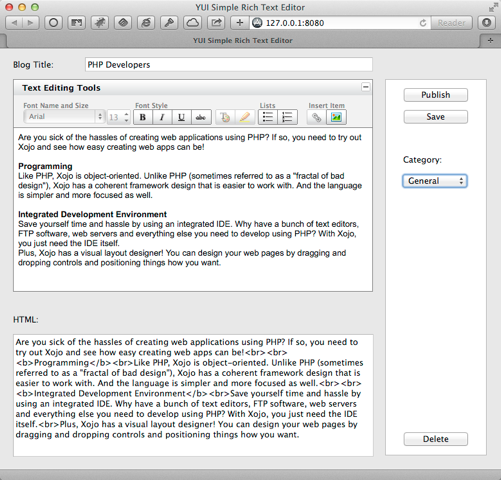

#XOJO CLOUD HOSTING HOW TO#
Up to now, everything’s been very straightforward, but what happens if you need to access the database from your local machine for testing? What if you want to use a database management tool like pgAdmin, MySQL Workbench or any of the many commercial management tools out there? This is where the power of SSH tunnels come into play.īefore I show you how to make an SSH tunnel, lets talk a little about what they are. Connecting to a Database from Somewhere Else Even if you open a port in the firewall, neither of the database engines (MySQL or PostgreSQL) are listening on the addresses for the server’s IP addresses.

Your database is only accessible from the server itself. That’s it! Connecting to a Database from a Xojo Cloud app:Ĭonnecting to the database server is just as easy: Dim db as new PostgreSQLDatabase // (or MySQLDatabase)ĭb.host = "localhost" // Use "127.0.0.1" for MySQLDatabase In addition to having a database server right on your Xojo Cloud server, we have also enabled the creation of SSH Tunnels so you can connect directly to the databases using a 3rd party management tool.Īdding a database server to your Xojo Cloud server is easy! Just go to your Xojo Cloud control panel and click “Enable MySQL” or “Enable PgSQL.” In a moment, you will be presented with a username and password. On Tuesday Feb 10th, we added MySQL and Postgres databases for Xojo Cloud.

One of the most popular Xojo Cloud feature requests was to add database support.


 0 kommentar(er)
0 kommentar(er)
